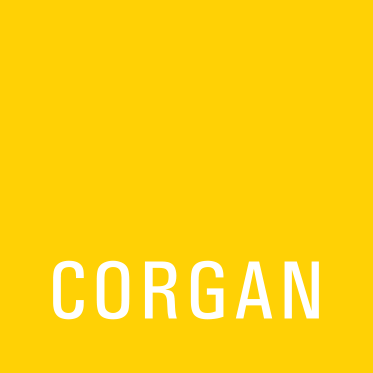
Published within Corgan’s Design Informed by the Pandemic: COVID-19 Best Practices in Human-centered Design
At the end of 2019, the entire world was faced with a pandemic like we had never experienced before. As the new year brought the virus closer to home, many began to wonder what they could do in their own professions to aid in the spread and prevent such a disaster in the future.
Part of the effort Corgan put together was a team of many designers, across all sectors, as well as consultants outside of the organization. I was lucky to be asked to join the team to discuss how healthcare would respond, and more specifically: how it related to materials and heigine.
For the last 5-6 years, I have become increasingly concerned with a wave of “anti-” washing – especially in the healthcare industry. As superbugs become more prevalent I found more and more companies highlighting antimicrobials and antibacterials to limit the spread for their clients. Unfortunately, I was seeing this as a greater disadvantage that outweighed the benefits.
For Corgan’s Best Practices document as a response to COVID-19, I took the opportunity to write an article to my fellow designers, for my fellow designers. I wanted to explain these terms that were not only increasing in the past few years but had become a huge seller’s market in the world for being able to “get rid of the Coronavirus”.
I was beyond proud of this piece, and know there is so much more that I have left out and would love to expand upon. I wanted to keep this simple and light so any designer could digest it easily but still understand the consequences of this terminology.
